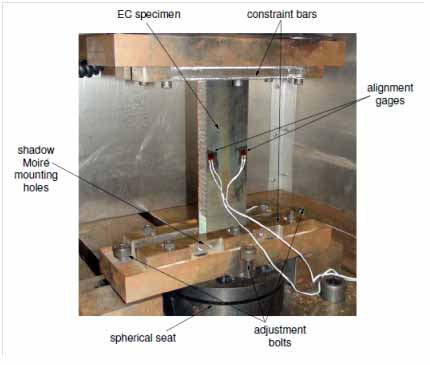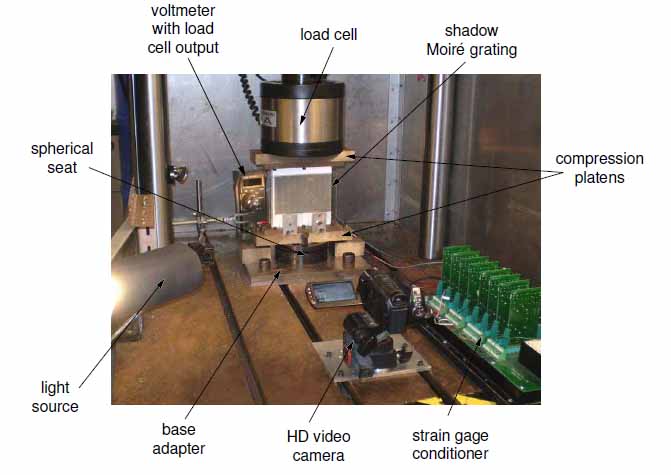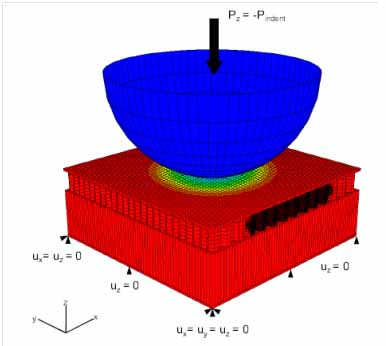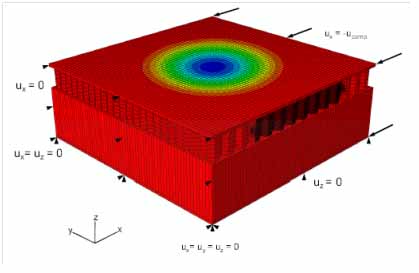Introduction
Sandwich composite structures are well known for their high specific strength and stiffness. However, little is known about the damage tolerance to low-velocity impacts that can occur from tool drops, etc during the lifetime of these structures. The goal of this research is to combine empirical evidence from experimental testing and numerical modeling using Finite Element software to create guidelines and validated numerical models to predict the damage tolerance of these sandwich composite structures.
Experimental Testing
Our research focuses on sandwich composites plates with an aluminum honeycomb core adhered to carbon-epoxy facesheets. The facesheets are 16 ply, IM7/8552 prepreg with 5 different layups being investigated. These facesheets are co-cured to 3.2 mm cell size, 5052-H39 aluminum honeycomb core using a film adhesive 3M™ AF-555. Three core configurations were investigates with the density and thickness being varied.
Panels were fabricated and cut into four larger 7″ x 6″ compression after impact (CAI) specimens and two smaller 7″ x 2″ edgewise compression (EC) specimens. The CAI specimens were indented by quasi-static indentation (QSI) with a 1″ or 3″ diameter spherical indenter and were tested in compression to failure. The EC specimens were not indented and tested in compression to obtain the undamaged strength of a particular specimen configuration. Thus, a residual strength of a particular CAI specimen could be obtained. A shadow Moiré was utilized for the CAI tests to measure the out-of-plane displacement of the central dent during the loading cycle to failure.


Computational Modeling
A finite element model has been generated using the commercially available FE software package Abaqus®. The model has been setup to simulate both the QSI process and the compression to failure (CAI) tests. The results will be validated with the experimental results for a particular facesheet layup and core geometry. The facesheets are modeled using continuum shell elements while the core is discretized into a combination of explicit shell elements and homogenous continuum elements. The reason for this is that from destructive inspection, the core only crushes locally in a small region below the indentation and due to the high computational expense of using explicitly represented shell elements, the remaining core away from the indentation site is modeled using computationally efficient continuum elements. A dynamic-explicit integration scheme is used with mass-scaling for the core to increase the individual time step.


Acknowledgements:
This work was supported by the NASA Constellation University Institutes Project (CUIP) grant NCC3-989. This work made use of the Cornell Center for Materials Research Shared Facilities which are supported through the NSF MRSEC program (DMR-1120296).